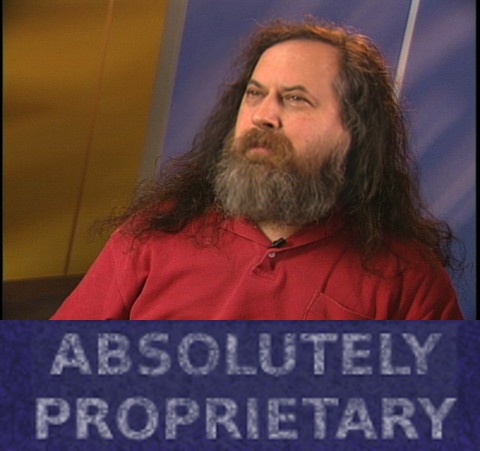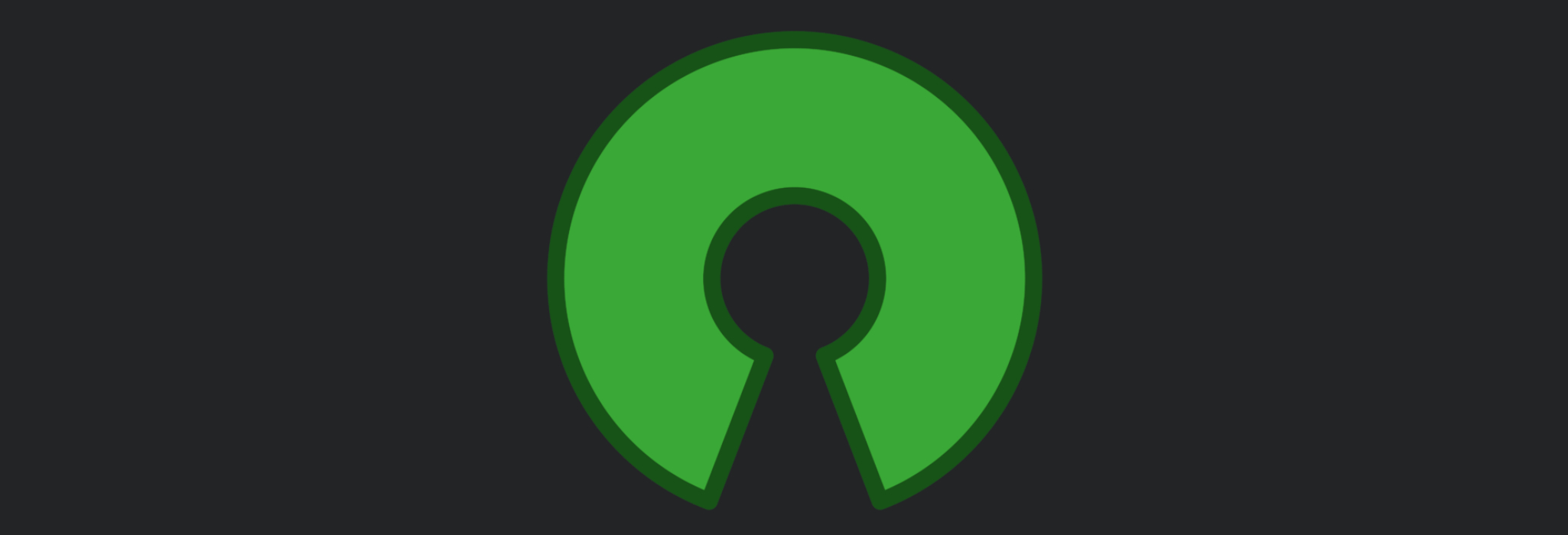A little bit of a background in case you’re not computer savvy, all of computer software is written using a programming language in plain-text files. These files are called “source codes”, where as if you have the source of an application, you can understand what the program exactly does and you can change whatever you want in it. The sources are then compiled into executables to be used by everyone, including the average Joe who doesn’t need to know any computer programming.
Back in the ’70s when computer software was new, people would share the software with others either for free or for some sort of payment. But the user would have the source code with them.
Then some companies started developing software, they started closing (as in not distributing) the source codes and giving the users the compiled programs (executables) only which meant that companies were able to add whatever they wanted to the software and the users wouldn’t know. That gave companies a chance to use the software with malicious intents such as personal data collection and making the program do anything more than what it is advertised to do.
This is when the Free Software Foundation came up with the following.
Free Software’s Four Freedoms
-
Unlimited use for any purpose
Computer software is a tool, the user should be able to use the tool however they want for any purpose.
-
Study how the program works and understand it
Again, computer software is a tool. The user should be able to understand how the tool works, not just how it is used.
-
Share copies of the software
The user should have the freedom to help other users out and give them the software they need, everyone benefits!
-
Improve the program and distribute the improvements made to the program
If you found an improved way to use some tool, wouldn’t you tell your friends about it? Same goes for software. If the user wanted to improve something and did so, they should also share the improvements they made.
More info on Free Software here.
The terms “open source” and “free” are often used interchangeably, let’s take a closer look and name a few examples.
Comparison
Freeware (Free of Charge)
Example software: Google Chrome, μTorrent, WhatsApp, and Facebook Messenger.
This is software that is free of charge, but not open source, it is proprietary (i.e. owned by a person/entity).
The user is mostly not allowed to redistribute, reverse engineer, or modify the software.
Software like this mostly relies on donations or ads for profit, or uses a freemium model to attract users.
Freedom Score:
- In some cases, it is allowed to be used unlimitedly. (0.5)
- In some cases, it is allowed to be shared. (0.5)
Total Score 1/4. (Depending on the developer)
Proprietary Software
Example software: Microsoft Office, Microsoft Windows, Adobe Photoshop.
This is software that is paid and not open source, it is proprietary (i.e. owned by a person/entity). The user is not allowed to redistribute, reverse engineer, or modify the software.
Closed source software can harm your computer and privacy, and it isn’t unheard of for software to collect data without the user’s permission or do something suspicious in the background.
Freedom Score: 0/4.
Remind me again, why does this exist? 💸💸

Source-Available Software
Example software: Unreal Engine, some older games like Doom.
This is software where the source code is available to read and to edit.
The user is usually allowed to modify the software and use it as much as they want. However, they’re not allowed to redistribute the modifications made.
This is a pretty good case where the user gets to know what the software exactly does, and modify it if they don’t like that.
Freedom Score:
- In some cases, it is allowed to be used unlimitedly. (0.5)
- You can freely study the code and find out what the program exactly does.(1.0)
- You can improve the software as long as you don’t redistribute it. (0.5)
Total Score 2/4. (Depending on the license)
Free, Open Source Software (FOSS)
Example software: GNU/Linux, VLC Media Player, Blender, Telegram, Mozilla Firefox.
This is software that doesn’t have to be free of charge, but it has to respect the 4 main freedoms of free software. The user is allowed to do basically whatever they want with Free software. It is called “Free” because it is free as in freedom not as in free of charge.
This is the best case scenario, the software does exactly what it says it does.
Don’t believe what the dev is saying? Check the source code.
Don’t like the source code? Change it, or ask someone to change it for you if you don’t know how to code (someone probably already did).
This is a little bit of a generalisation, as there are a lot of different open source licenses. Maybe, I’ll talk about them in another post!
Freedom Score: 4/4.
| Freeware | Proprietary | Source-Available | FOSS | |
|---|---|---|---|---|
| Unlimited Use | ⚠️ | ❌ | ⚠️ | ✅ |
| Study | ❌ | ❌ | ✅ | ✅ |
| Share | ⚠️ | ❌ | ❌ | ✅ |
| Improve | ❌ | ❌ | ⚠️ | ✅ |
⚠️ Freeware restrictions depend on what the developer wants to set.
⚠️ You’re allowed to improve Source-Available software but not allowed to redistribute. Also, its unlimited use is for the developer to decide.
Conclusion
We’re depending more and more on software every day and it has become a main part of our daily lives. Thus, we can’t let software control us, software is just a tool we use.
Use software that respects you, your freedom, and your privacy.
Free software, free society.
Thank you all for reading, I hope you learned something new.
It’s only fair to end this post with Richard Stallman’s talk about Free Software.
Just a side note: I personally am not a fan of Richard Stallman himself and a lot of his views, but he made some solid points in this talk.
